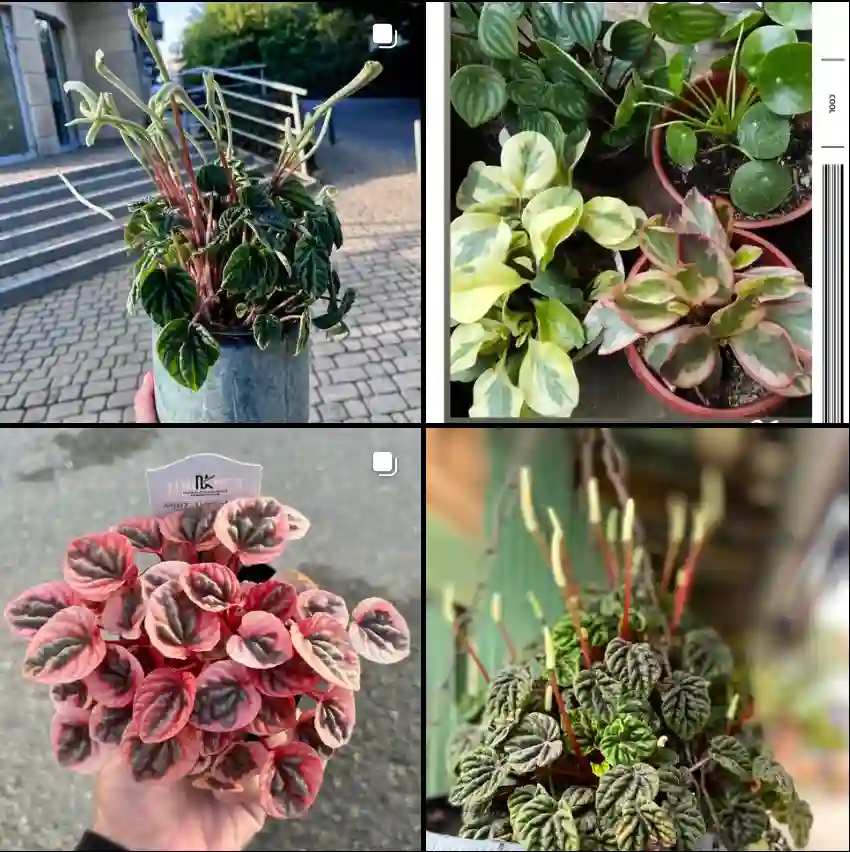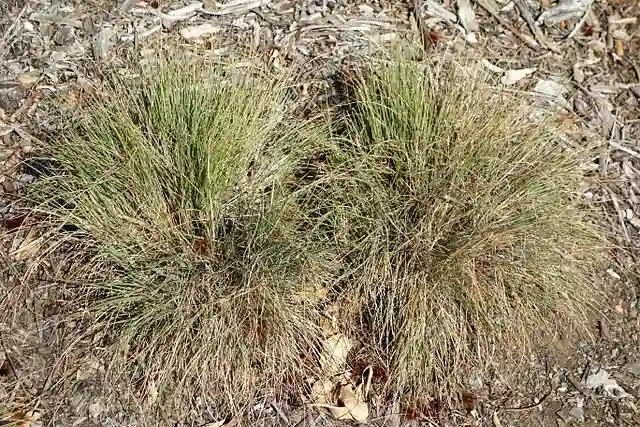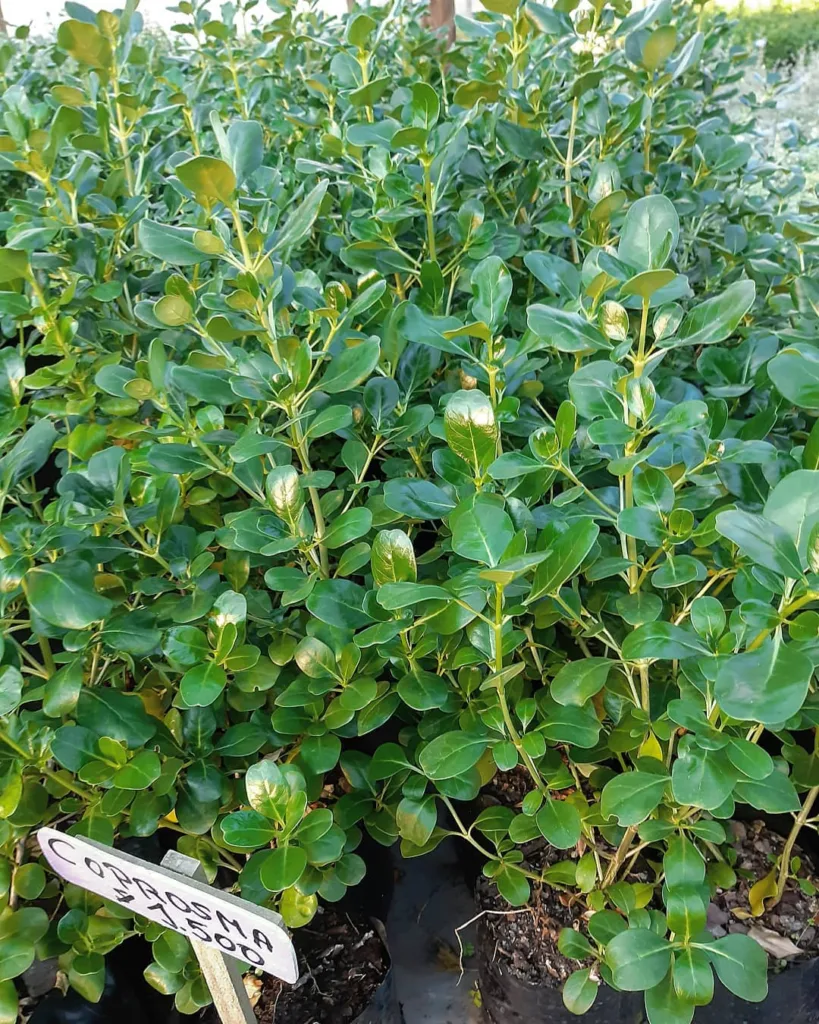
FAQs about String of Dolphins
String of Dolphins, or Senecio Peregrinus, a synonym of Dendrophorbium Peregrinum, is a unique and charming succulent that has captured the hearts of many plant enthusiasts. Its trailing vines with leaves resembling tiny leaping dolphins make it an eye-catching addition to any plant collection. I’ve grown these playful plants for a while now, and I want to share some insights based on common questions and my personal experiences with them.
1501 Species in Genus Senecio
How to Propagate String of Dolphins?
Propagating String of Dolphins is relatively easy and rewarding. The best way to do this is through stem cuttings. Here’s how I do it:
- Choose a healthy vine: Look for a section of the vine that is healthy and has several leaves.
- Cut a 4-6 inch segment: Using a clean pair of scissors or a knife, cut a section of the vine.
- Let it dry: Allow the cutting to dry for a day or two. This helps to prevent rot.
- Plant in soil: Once the cut end has calloused over, plant it in a well-draining succulent soil mix.
- Water lightly: Water the soil lightly, just enough to keep it slightly moist. Overwatering can lead to rot.
How to Care for String of Dolphins?
Caring for String of Dolphins involves creating an environment that mimics their natural habitat. Here’s how I keep mine happy:
- Light: They thrive in bright, indirect light. A spot near a south or west-facing window works well. Avoid direct sunlight as it can scorch the leaves.
- Watering: Watering should be done sparingly. I water mine once every two weeks, allowing the soil to dry out completely between waterings. Overwatering can cause root rot, which is a common issue.
- Soil: Use a well-draining succulent mix. Adding perlite or sand can improve drainage.
- Temperature: They prefer temperatures between 70°F to 80°F (21°C to 27°C). Keep them away from drafts and cold temperatures.
- Fertilizing: During the growing season (spring and summer), I feed them a diluted, balanced liquid fertilizer once a month.
How to Make String of Dolphins Fuller?
To make a String of Dolphins look fuller, prune the vines regularly. Trimming the tips encourages the plant to branch out, leading to a bushier appearance. Additionally, you can propagate the cuttings and plant them back into the same pot to increase fullness.
Are String of Dolphins Toxic to Cats and Dogs?
Yes, String of Dolphins is toxic to cats and dogs if ingested. They contain compounds that can cause vomiting, diarrhea, and other digestive issues. If you have pets, it’s best to keep this plant out of their reach. Always consult your veterinarian if you suspect your pet has ingested any part of the plant.
How Often to Water String of Dolphins?
Watering frequency depends on the environment, but generally, once every two weeks is sufficient. The key is to let the soil dry out completely between waterings. Overwatering is a common mistake that can lead to root rot.
Can You Propagate String of Dolphins from a Leaf?
Unlike some succulents, propagating String of Dolphins from a single leaf is not effective. They propagate best from stem cuttings, where multiple leaves and a section of the stem are involved.
Why Are My String of Dolphins Flat?
Flat leaves can be a sign of insufficient light or overwatering. If the leaves lose their plumpness, try increasing the light exposure or adjusting your watering schedule. Ensuring the plant is in a bright spot with well-draining soil can help restore its health.
Are String of Dolphins Rare?
String of Dolphins is not considered rare, but it is unique and sometimes harder to find than other succulents. Its distinct appearance makes it highly sought after among plant collectors.
Do String of Dolphins Flower?
Yes, they do! Under the right conditions, String of Dolphins can produce small, white, or pale pink flowers. These blooms are not particularly showy but add a nice touch to the plant’s overall appearance.
Do String of Dolphins Like Full Sun?
While String of Dolphins enjoys bright light, full sun can be too intense and may scorch the leaves. I find that bright, indirect light works best. A spot that receives filtered sunlight for most of the day is ideal.
Do String of Dolphins Like Humidity?
String of Dolphins prefer a dry environment and do not require high humidity. Average room humidity is usually sufficient. In fact, too much humidity can encourage fungal issues and rot.
String of Dolphins vs. String of Bananas
String of Dolphins and String of Bananas (Senecio radicans) are often confused due to their similar trailing nature. However, their leaf shapes are distinct. String of Bananas has leaves that resemble small bananas, while String of Dolphins has leaves that look like jumping dolphins. Both require similar care but have their own unique charm.
Common Problems with String of Dolphins
- Overwatering: This is the most common issue. Ensure the soil is completely dry before watering.
- Pests: Watch out for pests like aphids or mealybugs. Regularly inspect the plant and use insecticidal soap if necessary.
- Light Stress: Too much or too little light can cause issues. Adjust the lighting conditions if you notice any signs of stress, such as yellowing leaves or elongated stems.
Can You Grow String of Dolphins Indoors?
Absolutely! String of Dolphins makes a great indoor plant, especially in hanging baskets where its trailing vines can be displayed. Just make sure it receives enough bright, indirect light and is not overwatered.
String of Dolphins is a delightful plant that brings a touch of whimsy to any space. With the right care, it can thrive and even flower, adding even more charm to its dolphin-like appearance. Whether you’re a seasoned plant parent or a beginner, String of Dolphins is a wonderful addition to any collection.
If i die, water my plants!



